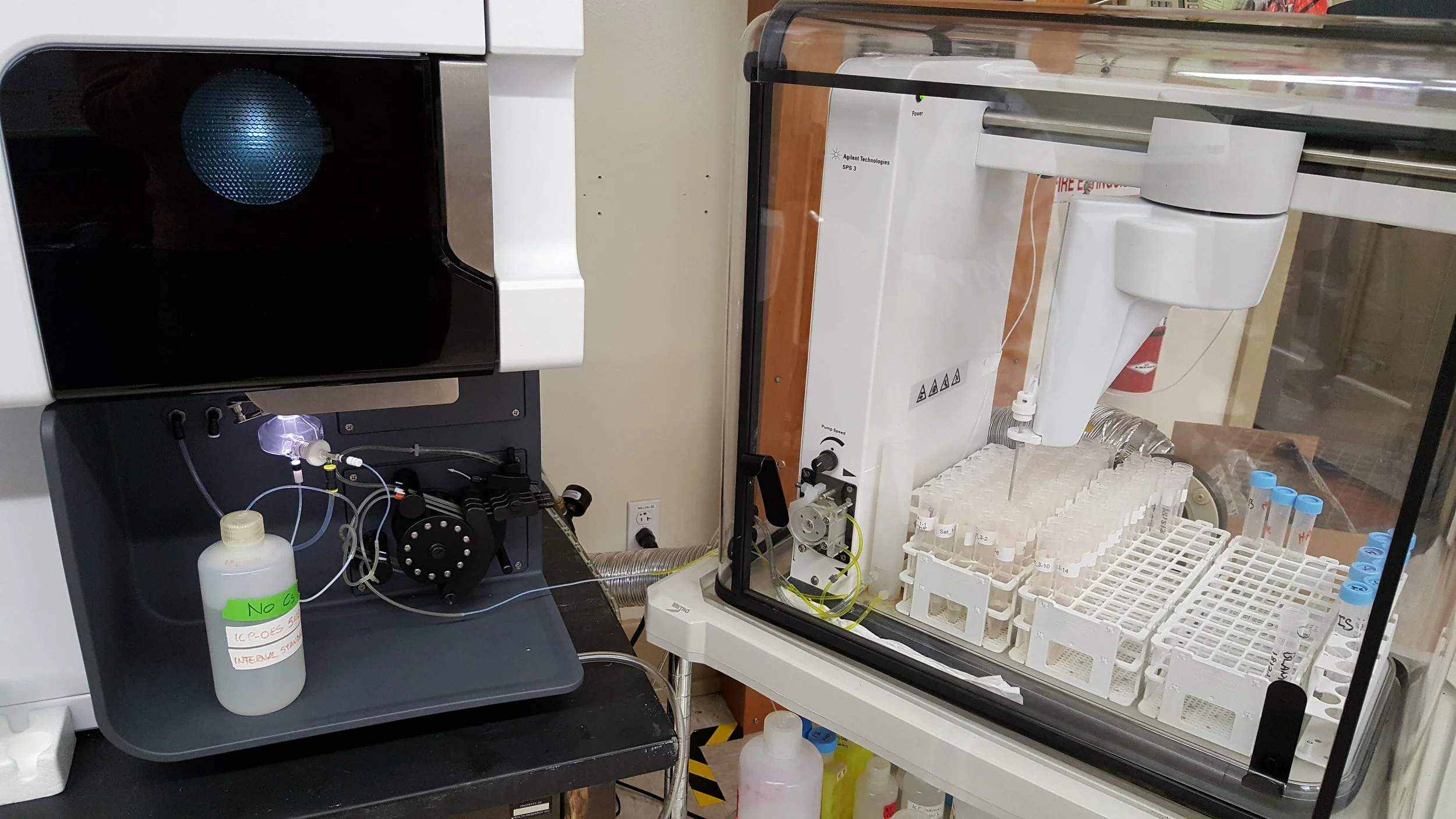The accurate determination of the prevalence of zinc deficiency is essential for effective design, targeting, and evaluation of interventions. Hence, methodological knowledge gaps are important to understand and address.
The concentration of zinc in biological samples, such as plasma, serum, hair, or urine, varies considerably between populations. While part of this variation is attributable to differences in diet or inflammation – i.e. what we want to measure – part may also be due to the different methods and equipment used to process and analyze the samples.
Instruments commonly used for zinc analysis include atomic absorption spectrometry (AAS), inductively couple plasma optical (atomic) emission spectrometry (ICP-OES / ICP-AES), and ICP mass spectrometry (ICP-MS).
IZiNCG has earlier published reference methods for collecting plasma and serum for zinc analysis, but reference methods for sample preparation and zinc analysis have not yet been developed.
The goals of this project are to:
a) Establish a set of reference methods for zinc analysis, applicable to new or established laboratories using each major type of instrument; and
b) Develop reference data that document analytical accuracy and precision among different instruments and different types of samples under ideal conditions at multiple sites.
The results, anticipated early-mid 2019, will be communicated as an IZiNCG technical brief following publication in a peer-reviewed scientific journal.
Participating labs:
AAS
University of Colorado Denver, USA
ETH Zurich, Switzerland
Aga Khan University, Pakistan
International Centre for Diarrhoeal Disease Research, Bangladesh
National Institute of Nutrition, Hanoi, Vietnam
ICP-OES
Children’s Hospital Oakland Research Institute, USA
ICP-MS
University of Colorado, Denver, USA
ETH Zurich, Switzerland
Oklahoma State University, USA

